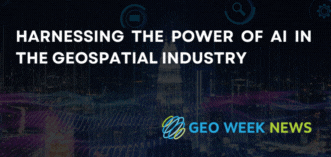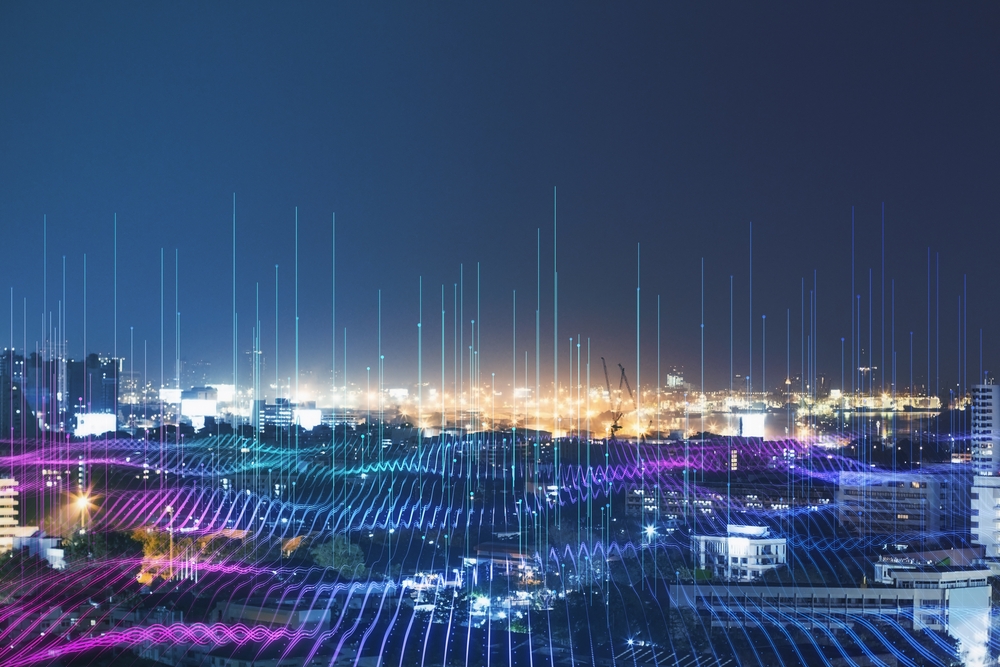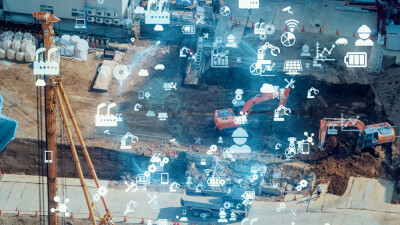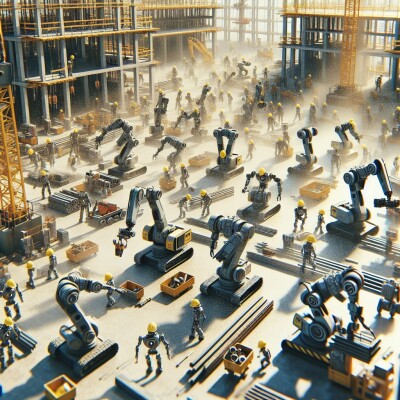Geospatial data, encompassing satellite imagery, aerial photographs, topographic maps, and more, provides a wealth of information about the Earth's surface. However, extracting valuable insights from this vast volume of data has traditionally been a time-consuming and labor-intensive process. This is where AI steps in, enabling geospatial professionals to leverage the power of machine learning and computer vision algorithms to automate and streamline analysis.
 The recent rise of artificial intelligence capabilities has sparked a transformative wave across various sectors, and the geospatial industry is no exception. AI, combined with geospatial data, has begun to empower more professionals to gain additional insights and make informed decisions, in less time and with less human intervention. From urban planning and agriculture to disaster management and transportation, AI-driven applications have the potential to revolutionize the geospatial industry by offering increased efficiency, and, potentially, predictive capabilities.
The recent rise of artificial intelligence capabilities has sparked a transformative wave across various sectors, and the geospatial industry is no exception. AI, combined with geospatial data, has begun to empower more professionals to gain additional insights and make informed decisions, in less time and with less human intervention. From urban planning and agriculture to disaster management and transportation, AI-driven applications have the potential to revolutionize the geospatial industry by offering increased efficiency, and, potentially, predictive capabilities.
However, with any promise of new technology also comes additional considerations, from concerns about accuracy to potential negative impacts on the workforce. To get a better idea of both where we are now, and where we are going, Geo Week spoke to industry experts for their latest report, Harnessing the Power of AI in the Geospatial Industry. In the report, six geospatial professionals discuss how they are currently using AI in their work, what they hope to do in the future, but also discuss the risks and realities involved.
Here’s some of what the experts had to say:
“The biggest benefit of AI is that it has enabled us to undertake extremely complex calculations involving huge amounts of data consistently and at amazing speeds. This has reduced the time that people need to spend on mundane, repetitive tasks, and enabled them to spend more time focusing on critical tasks, such as exercising their expert judgment or identifying and defining problems that need solving.” -Nadine Alameh, Open Geospatial Consortium
“The other thing that we don’t often talk about is that AI really depends on data. I think another big future component is going to be adding IoT sensors into digital twins. Adding piezometers, inclinometers, weir flow sensors, etc., to the mix will allow for more timely information. Then we can leverage AI to conduct the analysis that we would use to provide safer operations.” - Carlos Femmer, HDR Engineering
“Down the line, the most important thing AI is bringing to the table is automation. So doing more with less, increasing productivity, higher reliability - that’s what we aim for. We can automate a lot of processes today; for example, we can save a lot of time and human errors, but we still have a lot to do, about the reliability or certification of the results. When it comes to automation and the scale at which we can now analyze data - we were not able to do that before AI.” - Florent Poux, University of Twente
“I think it’s critical that we continue to interrogate, Are we applying what we do responsibly as an industry? But I think it’s good, because I think these recent conversations are really forcing that. I think that there will be a lot of movement both on the advancements in AI, which we’re obviously seeing, but also focused on how you do that ethically and responsibly.” - Asa Block, Near Space Labs
By addressing these challenges and considerations, the geospatial industry can harness the full potential of AI while mitigating risks and ensuring responsible and effective use of technology in geospatial applications. Hear more about what our experts have to say by downloading the free report today.






